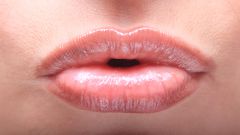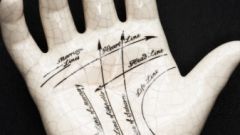Instruction
1
On the first pages of his book, the Ravenna introduces us to those scientists and philosophers who have already contributed to the physiognomy and physiognomic. He provides interesting evidence that these questions aroused the interest of such well-known and different thinkers as Aristotle, Russian historian N. M.Karamzin, the Italian psychiatrist Lombroso. Based on the works of predecessors, the Ravenna supplements these data, adjusting them for different human races.
2
The parameters and the physiological characteristics of manwhich the author draws our attention, such as head shape, face and facial expressions of the face and forehead, the color and structure of hair part of the face and even the wrinkles and moles can tell the careful observer. But the author does not just stop at the head and face.
3
He examines in detail all existing types of human temperaments: bilious, sanguine, lymphatic, melancholic and neurotic, as well as combinations of these types. By temperament he relates the obvious outward signs: the characteristics and tone of voice, gait, characteristics of posture and gesture, peculiar to people of different psychological types. It turns out that people with different temperaments even have different type of skin.
4
Interesting study of the author in terms of body language, gestures, postures and fisiognomica – determine the nature of man in his silhouette.
5
Knowledge about man, which the author generously shares with us, allows the reader to confirm those observations, which, surely, he himself has made as a result of their personal experience with other people. The more interesting it will be to compare its findings with those doing the Ravenna.
6
Such interest in others allows us to develop each person the natural mental abilities that are inherent in it and provide a means of knowledge, which is necessary for everyone on the path to success and achieving their goals.







